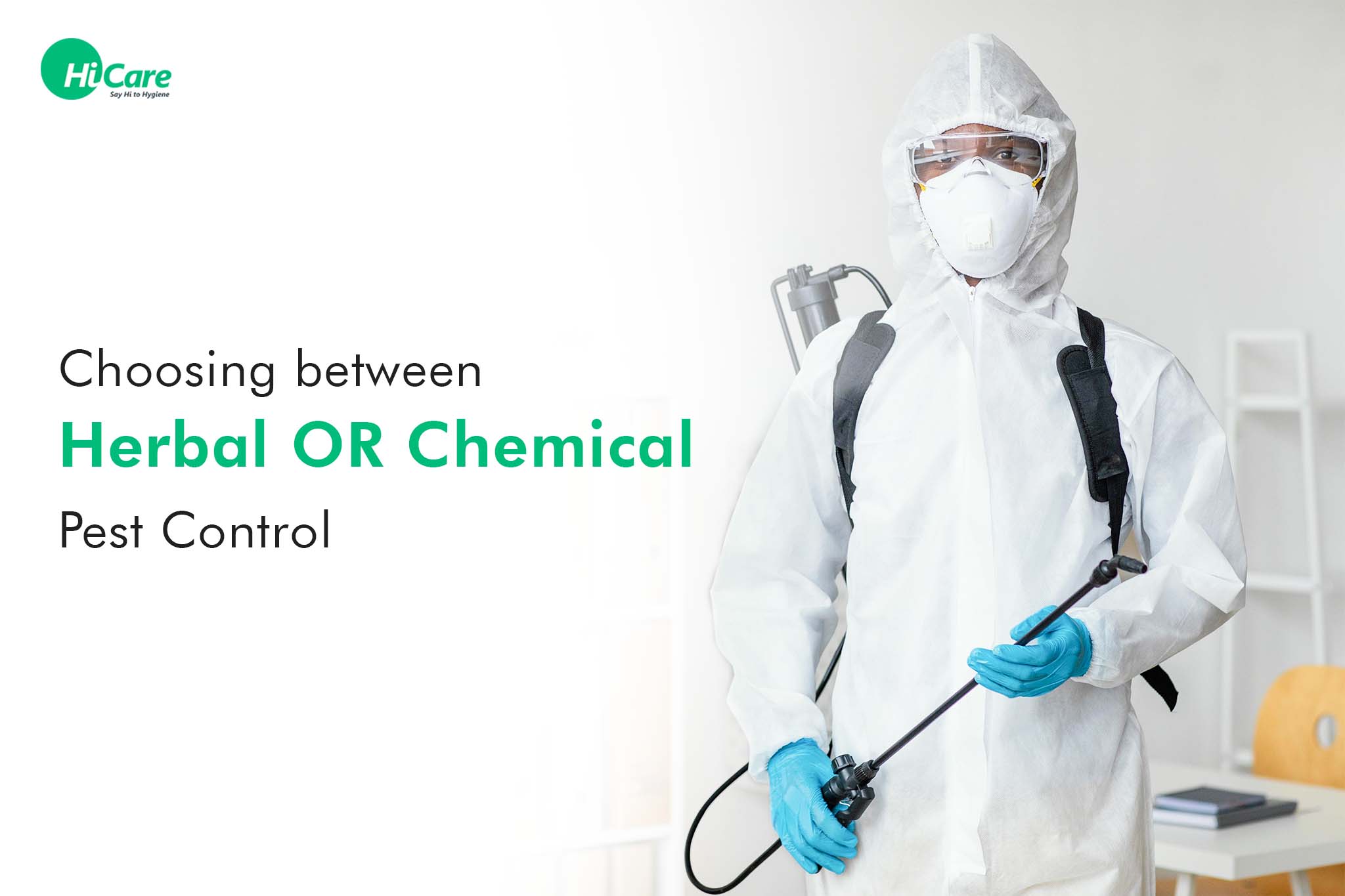Reputable A1 Bed Bug Exterminator Charlotte - Eliminate Bed Bugs Fast
Reputable A1 Bed Bug Exterminator Charlotte - Eliminate Bed Bugs Fast
Blog Article
Bed Pest Treatment Breakdown: Comparing Chemical Vs. Non-Chemical Solutions
In the world of parasite control, particularly when managing the relentless problem of bed insects, the option in between chemical and non-chemical therapy services can be a pivotal one. Both approaches use distinctive advantages and disadvantages, affecting variables such as effectiveness, security factors to consider, and general cost. By taking a look at the nuanced information of each method, a clearer understanding of which course to seek in addressing a bed bug infestation can be attained.
Efficiency of Chemical Therapies
Chemical treatments for bed pest problems have been commonly acknowledged for their quick and potent efficacy in getting rid of these bugs. When taking into consideration the efficiency of chemical treatments, it is vital to understand that they can provide a detailed and quick solution to a bed pest issue.
In addition, chemical treatments have the advantage of supplying residual impacts, indicating that they can continue to get rid of bed bugs also after the preliminary application. This residual activity is particularly advantageous in combating any kind of prospective re-infestations. Additionally, the fast action of chemical treatments can bring relief to individuals dealing with extreme bed insect infestations, allowing them to regain control of their space quickly.
Security Interest In Chemical Solutions
When using chemical options for bed pest therapy is ensuring the safety of occupants and the environment,One critical facet that calls for careful consideration. While chemical treatments can be efficient in eliminating bed insects, they might position risks if not dealt with correctly. One of the main security worries with chemical options is the prospective damage they can trigger to human health and wellness. Exposure to certain chemicals used in bed bug treatments can lead to respiratory issues, skin irritation, or various other unfavorable responses, especially in individuals with pre-existing problems or sensitivities. Additionally, improper application or dose of chemical pesticides can lead to harmful residues lingering in the cured location, presenting long-term wellness dangers to passengers.
Moreover, the ecological impact of chemical options is one more substantial consideration. Some chemicals used in bed pest treatments might be damaging to advantageous pests, wildlife, and ecological communities if they leach right into the dirt or water systems. It is important to use chemical therapies deliberately, complying with safety and security guidelines, and taking into consideration less poisonous alternatives to minimize these risks and make certain the risk-free and efficient management of bed bug problems.
Advantages of Non-Chemical Approaches
Considering the prospective safety and security concerns and environmental impact related to chemical remedies for bed insect therapy, discovering non-chemical methods provides an appealing option with numerous distinct benefits. Non-chemical methods use a more secure option for families, particularly those with people, pets, or kids sensitive to rough chemicals. These approaches eliminate the dangers of direct exposure to poisonous materials, lowering the possibility for adverse health effects. Furthermore, non-chemical therapies are eco-friendly, as they do not add to air or water contamination, making them a sustainable choice for pest control.
Additionally, non-chemical solutions can be reliable in targeting bed pests, consisting of hard-to-reach locations where chemical treatments may not permeate. Methods such as warmth therapy, vacuuming, vapor cleaning, and cushion encasements provide comprehensive removal without using dangerous chemicals. Furthermore, non-chemical approaches can be less turbulent, requiring very little prep work and permitting quicker reentry into dealt with areas. Overall, deciding for non-chemical bed pest treatment techniques not just prioritizes security and environmental defense however additionally guarantees reliable and detailed parasite control.
Limitations of Non-Chemical Treatments

In addition, non-chemical treatments usually require several applications to achieve successful obliteration. This can be taxing and may not always ensure complete elimination of all bed insects and their eggs, specifically in hidden or hard-to-reach locations.
In addition, the success of non-chemical treatments heavily counts on correct implementation and thoroughness, which can be challenging for people without specialist competence. Inadequate application of non-chemical methods may lead to insufficient removal, bring about persistent infestations and the requirement for extra treatments.
As a result, while non-chemical his response therapies have their benefits, it is essential to acknowledge these limitations and consider them when figuring out the most reliable technique for taking care of bed bug problems.
Price Contrast: Chemical Vs. Non-Chemical Options
Given the constraints connected with non-chemical therapies, an important aspect to review in the context of bed bug monitoring is the price contrast between chemical and non-chemical alternatives. In comparison, non-chemical therapies like warm therapy or heavy steam can be more pricey, with costs varying from $1,000 to $6,000 for an entire home. While the initial expense of chemical therapies may seem reduced, multiple treatments may be called for to fully get rid of the infestation, potentially boosting the general expense.
Final Thought

Considering the possible safety issues and ecological effect linked with chemical solutions for bed insect therapy, exploring non-chemical methods provides an encouraging alternative with a number of distinctive advantages.Given the restrictions linked with non-chemical treatments, a vital facet to review in the context of bed bug administration is the price contrast in between chemical and non-chemical options. In comparison, non-chemical treatments like heat treatment or heavy steam can be extra pricey, with prices ranging from $1,000 to $6,000 for an entire home. While he has a good point the preliminary expense of chemical therapies might appear reduced, numerous therapies might be required to fully eradicate the infestation, potentially enhancing the overall cost.In conclusion, when comparing chemical and non-chemical bed insect treatment choices, it is crucial to consider efficiency, safety and security, advantages, constraints, and price.
Report this page